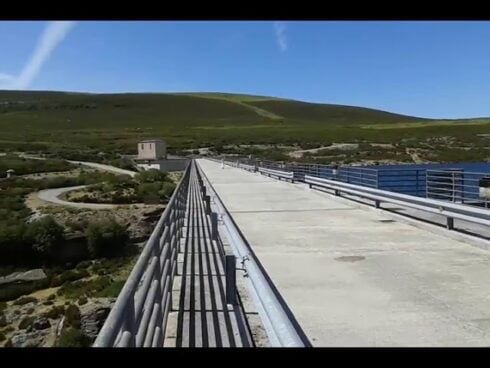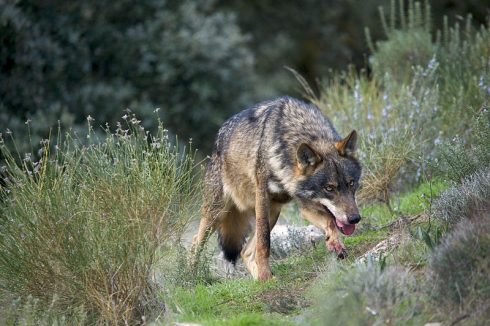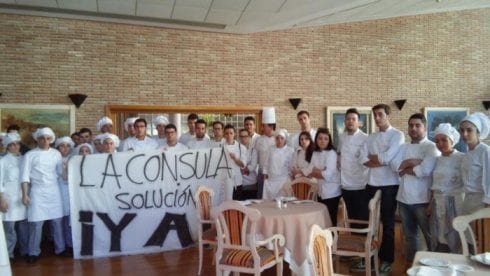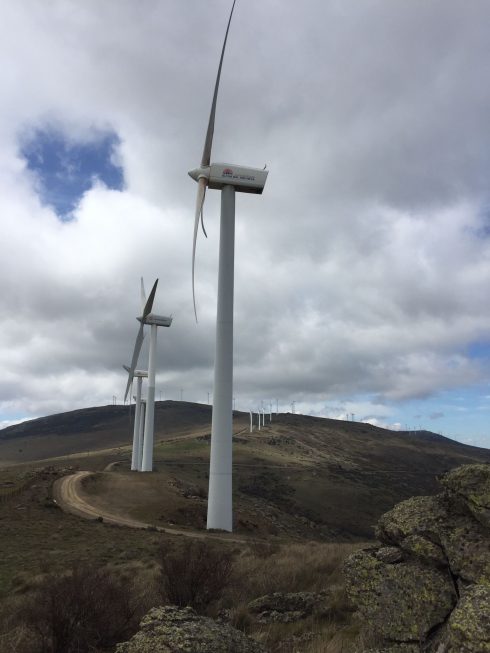
THINK animal sanctuary and a serene countryside haven full of happy-go-lucky volunteers usually springs to mind.
And as I approached the Refugio del Burrito in Fuente de Piedra, this seemed to be the case. It looked tranquil, cosy and well kept… but looks can be deceiving.
The Refugio is by all means tranquil, a near-idyllic sanctuary in fact. But it is also a well-oiled machine which knows no boundaries in its battle on behalf of the humble burro.
A denuncia against no mightier entities than the Guardia Civil, the Policia Local and Seprona had just been filed as I arrived, lambasting all three for ignoring a tragic case in Valencia involving a donkey called Rosie, who was being slowly eaten alive by her owner’s dog (see below).
They are also taking out court proceedings against the heavyweight man who killed a donkey in Lucena by sitting on it for a photo in a Christmas ‘belen’ (nativity reenactment) in 2014.

The Refugio was successful in getting donkeys banned from last year’s display following a petition signed by 17,000 animal lovers, but the battle is not won yet, I am assured.
It’s clear that this small but determined team, managed by Spaniard Veronica Sanchez, means business.
The Refugio was founded in 2003 and is a subsidiary of the Donkey Sanctuary in the UK, through which it receives a share of its funding. However, fundraising officer Maria Gallar tells me she wants the Refugio to be financially independent soon.
As well as rescuing mistreated donkeys, the refuge works to prosecute irresponsible owners, campaign against traditions in which animals are abused, educate people and much more.
But, first things first, I am taken on a tour of the site to meet the four-legged residents, of which there are currently 90. A further 300 are given shelter at a sister site in Extremadura.

They are a noisily braying bunch, with ‘eees’ and ‘awws’ emanating from the busiest enclosure. As well as the staff, there are also two volunteers on hand, a German and a Belgian, who live onsite in a caravan.
As we stroll around, Maria explains where the various animal have come from, and it isn’t pretty listening. I meet Colino, who arrived with a seriously damaged tail, and Paco de Lucia, saved in the refugio’s biggest ever rescue operation in 2014 alongside five other donkeys.
Then there is Glorioso, so-called because he was found on a roundabout in a small village in Jaen.
Not all of them were plucked from a life of deprivation as nativity props or beasts of burden. Some are simply cases of owners not being able to look after their animal anymore. All the donkeys that are rescued together are kept together at the refuge.
“Animal protection is still not a very popular topic in Spain and there are lots of barbaric traditions we continue to fight,” says Maria.
“Most of our donkeys come from southern Spain and Andalucia, where it is more of a problem.
“We have quite a few expat supporters but we are planning events on the Costa del Sol to raise more awareness,” she adds.
Meanwhile, my newly-acquired donkey knowledge allows me to spot two rogue horses (the ones with smaller ears) in one enclosure.
It turns out they were rescued from last year’s El Rocio pilgrimage in Sevilla province, a marathon trek infamous for its overworking of tired, thirsty animals. In total, the refugio assisted 183 animals and rescued six at the event.
At the back is the quarantine for new donkeys, where they spend six weeks being checked out by vets before meeting their new foster brothers and sisters.
The tour is a fascinating insight into what is a very complicated operation. The refugio can be visited any day, and they also run special workshops for schools and groups.
“The best thing about this organisation is everybody’s commitment to the cause,” explains Maria, whose previous work for a refugee charity in Algeria has prepared her well for any situation.

Back inside I meet the chief investigator, Brit Nicky Cohen, who is bubbling with stories and anecdotes of her work.
Alongside coworker Coral, her job involves following up tip-offs, visiting cases, taking photos, talking to owners and getting the authorities involved.
And she is quick to tell me it’s the most rewarding job she has done to date.
“We get contacted every day with a case,” she says. “Sometimes it’s people wanting advice as well.”
“We go and investigate ourselves, it’s not illegal to take photos from outside the property and ask questions but people can get annoyed.”
“After that we contact the officials – Seprona, the Guardia Civil or local police, depending on the situation – and begin legal procedures to acquire the animal if necessary.”
It is certainly not straightforward, but a stroll around the farm to meet the individual animals, each with its own personality, is an instant reminder of what makes this work so worthwhile.
The refuge provides an enjoyable and educational day out for the whole family. But it’s also an absolutely vital player in changing attitudes towards animal welfare in Spain.
There is much more information on all the donkey rescues and campaigns at: www.elrefugiodelburrito.com
Rescuing Rosie

ROSIE the donkey is a shining example of the success stories chalked up by the Refugio.
A lorry driver in Valencia had called up to say he drove past her frequently and was worried that she was always lying down.
He was asked to take photos, then the Refugio contacted police and arranged a visit by a local vet.
However both local police and Guardia Civil failed to act, forcing the Refugio to officially denounce them.
The vet eventually found Rosie in great pain. The owner’s dog had literally been eating her alive.
He agreed she could be taken away and she spent three weeks at Alicante animal hospital.
She is now growing steadily stronger in the Refugio’s Almeria outpost.
Tackling the taxis
THE Mijas donkey taxis are one of the most controversial tourist attractions on the Costa del Sol.
They are an iconic part of the town, but there have been too many cases of abuse, highlighted by a video which went viral on Facebook last year of one being kicked and forced to get up in baking heat.
The Refugio has admitted they will not be banned any time soon, so instead provides training for the owners in conjunction with Mijas Town Hall.
The organisation is also allowed to perform checks in the stables and regulate the donkeys.











